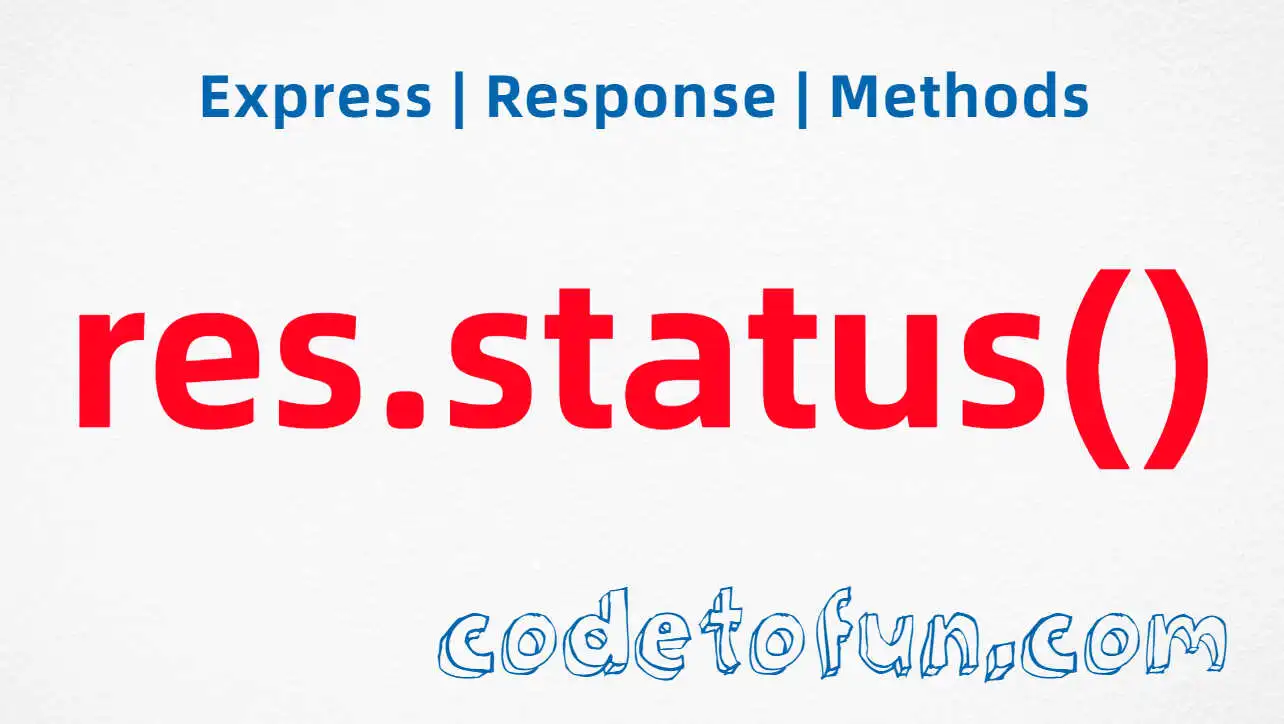
Express.js Basic
- express Intro
- express express()
- express Application
- express Request
Properties
- req.app
- req.baseUrl
- req.body
- req.cookies
- req.fresh
- req.host
- req.hostname
- req.ip
- req.ips
- req.method
- req.originalUrl
- req.params
- req.path
- req.protocol
- req.query
- req.res
- req.route
- req.secure
- req.signedCookies
- req.stale
- req.subdomains
- req.xhr
Methdos
- express Response
- express Router
Express req.protocol Property

Photo Credit to CodeToFun
🙋 Introduction
Handling different protocols is a crucial aspect of web development, and Express.js provides tools to navigate these challenges. The req.protocol property is one such feature that helps you determine the protocol used in a client's request.
In this guide, we'll explore the syntax, use cases, and best practices of using req.protocol in Express.js.
💡 Syntax
The req.protocol property is accessed through the request object (req). It returns the protocol used in the request.
const protocol = req.protocol;- req: The request object provided by Express.
- protocol: The property that holds the protocol of the request.
❓ How req.protocol Works
The req.protocol property allows you to determine whether the client's request was made using HTTP or HTTPS. This information is valuable when building secure web applications or when dynamically generating URLs based on the current protocol.
app.get('/', (req, res) => {
const protocol = req.protocol;
res.send(`You are using ${protocol}`);
});In this example, the route handler retrieves the protocol used in the client's request and sends a corresponding response.
📚 Use Cases
Secure Redirects:
Use
req.protocolto enforce secure connections by redirecting users to the HTTPS version of your site if they access an insecure route.example.jsCopiedapp.get('/secure', (req, res) => { if (req.protocol === 'https') { res.send('This is a secure connection.'); } else { res.redirect('https://' + req.get('host') + req.originalUrl); } });Dynamic URL Generation:
When generating URLs dynamically,
req.protocolensures that the correct protocol (HTTP or HTTPS) is included in the generated URL.example.jsCopiedapp.get('/api', (req, res) => { const apiUrl = `${req.protocol}://${req.get('host')}/api/data`; res.send(`API endpoint: ${apiUrl}`); });
🏆 Best Practices
Check for Specific Protocols:
Avoid assuming that the protocol is always HTTP or HTTPS. Check for specific protocols to handle various use cases.
example.jsCopiedif (req.protocol === 'https') { // Handle secure connection } else if (req.protocol === 'http') { // Handle insecure connection }Use req.get('host') for Host Information:
When working with the host information, use req.get('host') instead of directly accessing req.headers.host.
example.jsCopiedconst host = req.get('host');
🎉 Conclusion
The req.protocol property in Express.js is a valuable tool for handling different protocols in your web applications. Whether you're enforcing secure connections or dynamically generating URLs, understanding how to leverage req.protocol enhances the flexibility and security of your Express.js projects.
Now equipped with knowledge about req.protocol, go ahead and optimize your Express.js applications for different protocols!
👨💻 Join our Community:
Author

For over eight years, I worked as a full-stack web developer. Now, I have chosen my profession as a full-time blogger at codetofun.com.
Buy me a coffee to make codetofun.com free for everyone.
Buy me a Coffee












If you have any doubts regarding this article (Express req.protocol Property), please comment here. I will help you immediately.